Want to know how to plan your menu? Want to know what is going to affect the costings of your menu? Our experts have placed everything you need to know about the changing industry in one place. Check it out.
Beef:
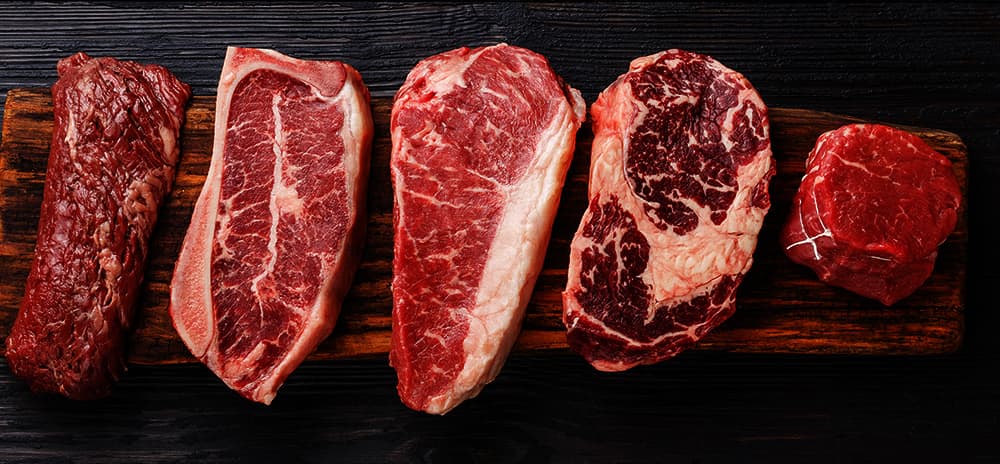
In the face of ongoing drought, the Eastern Young Cattle Indicator (EYCI) is forecast to remain relatively stable, averaging around 500c/kg in the next 3 months. However with strong global demand and reduced domestic supply in the next 6 months, prices are expected to rise should seasonal conditions improve, as China's demand for red meat is expected to remain strong as the market seeks alternative meat following the depletion of the local pig herd due to African Swine Fever. Australia's beef production is also expected to decrease by 10% in the coming year due to low herd size, declining carcass weight, and record liquidation of female cattle.
Lamb:
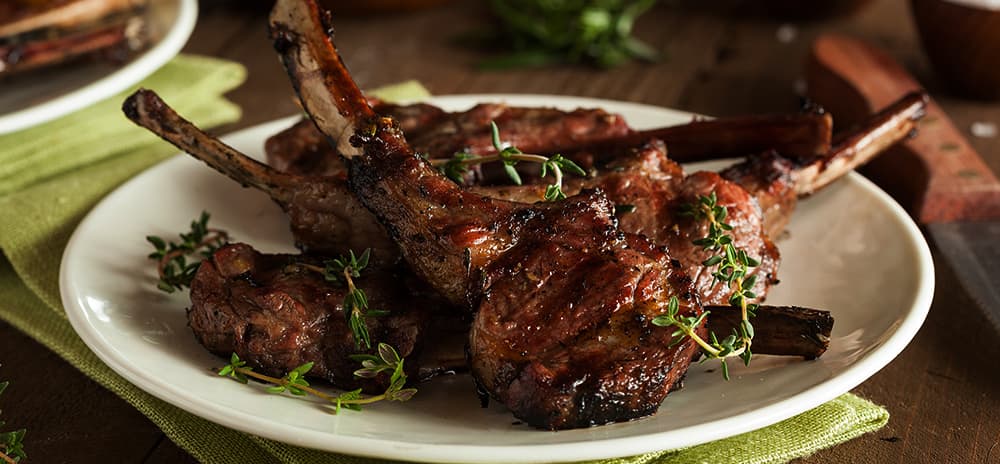
Australian lamb production is expected to be lower in 2020 due to poor seasonal conditions and a smaller flock, however lamb prices are expected to increase over the coming year as a result of tightening domestic supply, and an increased demand in export markets. Chinese demand is likely to push mutton prices higher, as the Chinese market seeks alternative protein sources.
Pork:
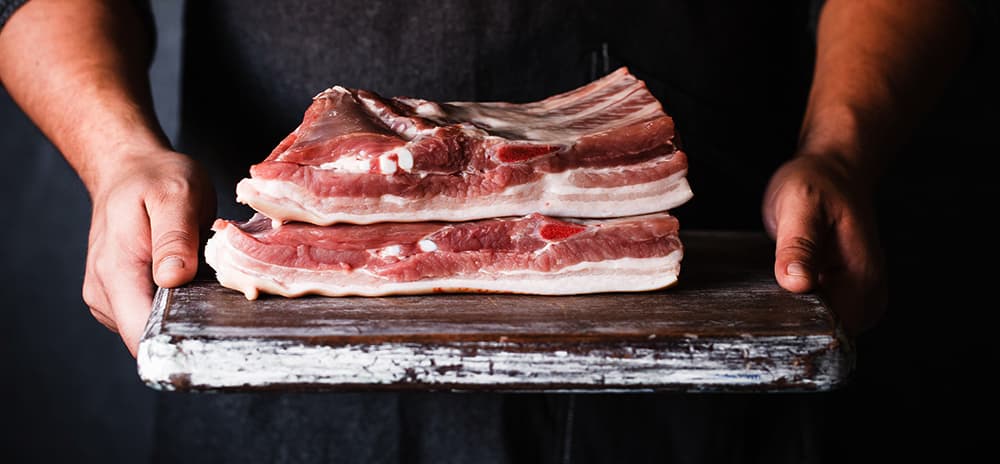
A combination of industry consolidation, overall cost of feed and domestic supply shortages, are contributing to higher prices. Whilst the spread of African Swine Fever has resulted in increased global demand for both pork and other proteins, the impact on Australian pork is restricted due to lack of exporting protocols to China.
Poultry:
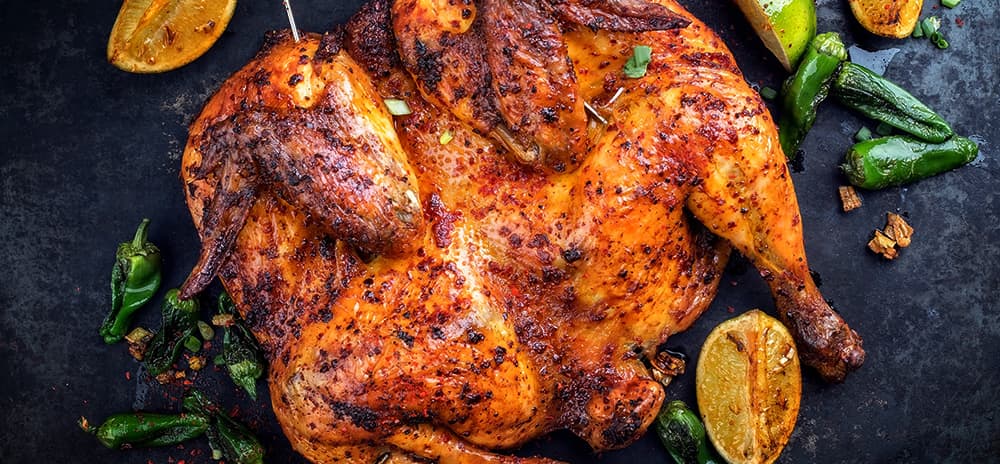
Weather forecast predict drier than average season for eastern Australia. The heat has also affected the number of raw materials available, tightening supply. Whilst feed and grain prices have eased slightly compared to last year, production costs remain historically high and account for continuing pressure on prices.
Seafood:
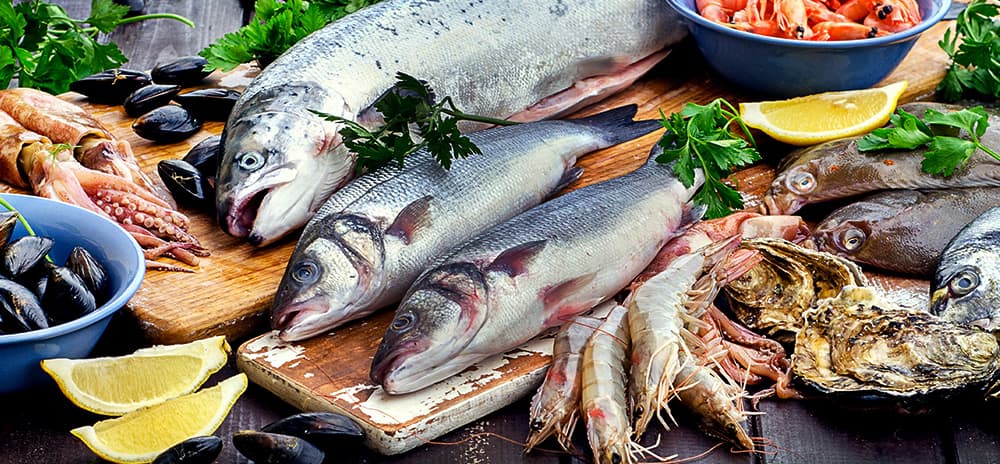
Fish availability of most reef species including Goldband, Red Emperor, Saddle Tail and Cod is good with both Spanish and Spotted Mackerel species also experiencing ongoing supply. Farmed Barramundi is still in restricted supply due to supplier allocations, whilst flooding and tropical cyclones formed on the West Coast has caused some minor interruptions to supply.
Fishing for Ocean King Prawns is in full swing off the East Coast, where catches are good for the smaller to medium sizes. Expect supply of Sand Crabs (Blue Swimmer) to increase in the coming weeks and months, along with Spanner Crabs. Moreton Bay Bug catches are currently slim, however expect supply to increase in the following months.
Good quality and abundant supplies of Hervey Bay Scallops are available, whilst supply of oysters are becoming scarce as the season ends, but will return to full capacity and quality as the new season starts in April.
Dairy:
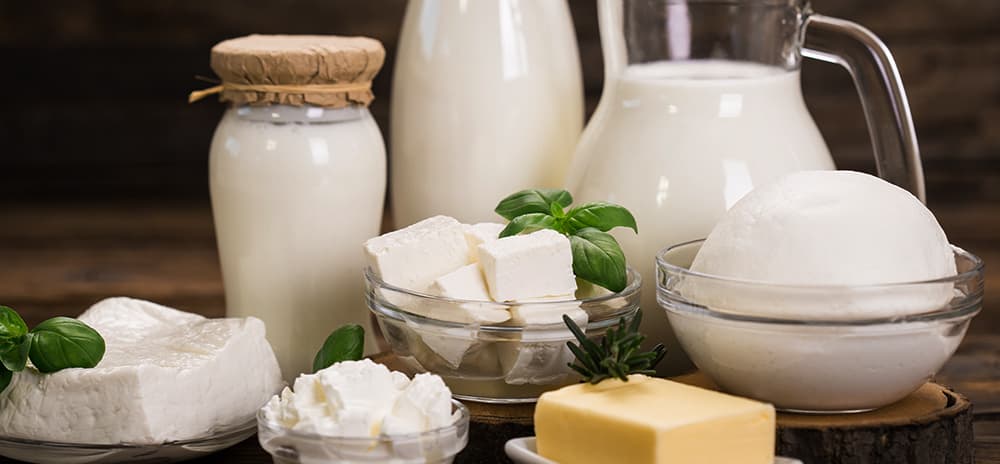
The outlook for farmgate milk prices remains strong as demand for Australian dairy products continue to rise as global supply remains constrained by climatic conditions. The Australian milk supply will continue to decrease during the first half of 2020 due to unfavourable conditions persisting across many dairy regions, high input prices and a smaller herd.
Horticulture:
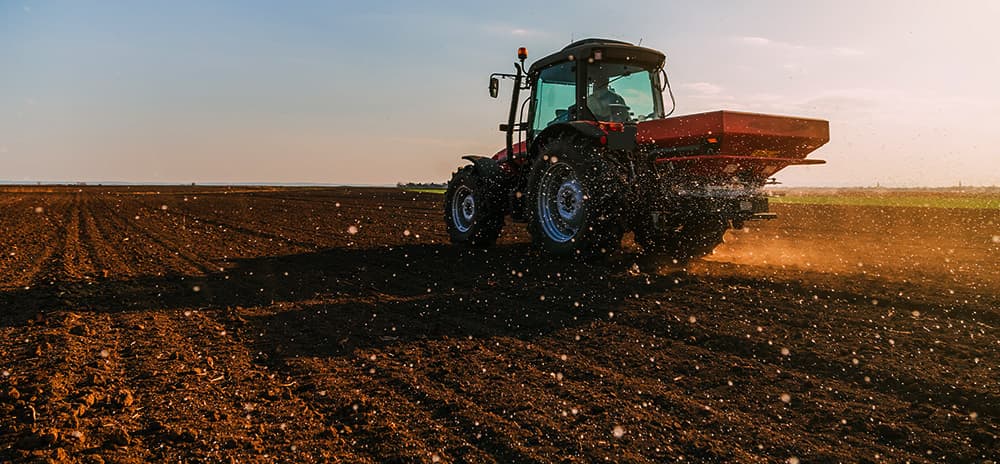
Demand for fruit, nuts and vegetables remain strong and export growth is expected to continue in 2020. Water availability continues to pose a significant challenge with the relentless drought impacting Australia's hay and grain production for two consecutive years, with canola production down by 4% following a significant low yield last year with a lower than average result.